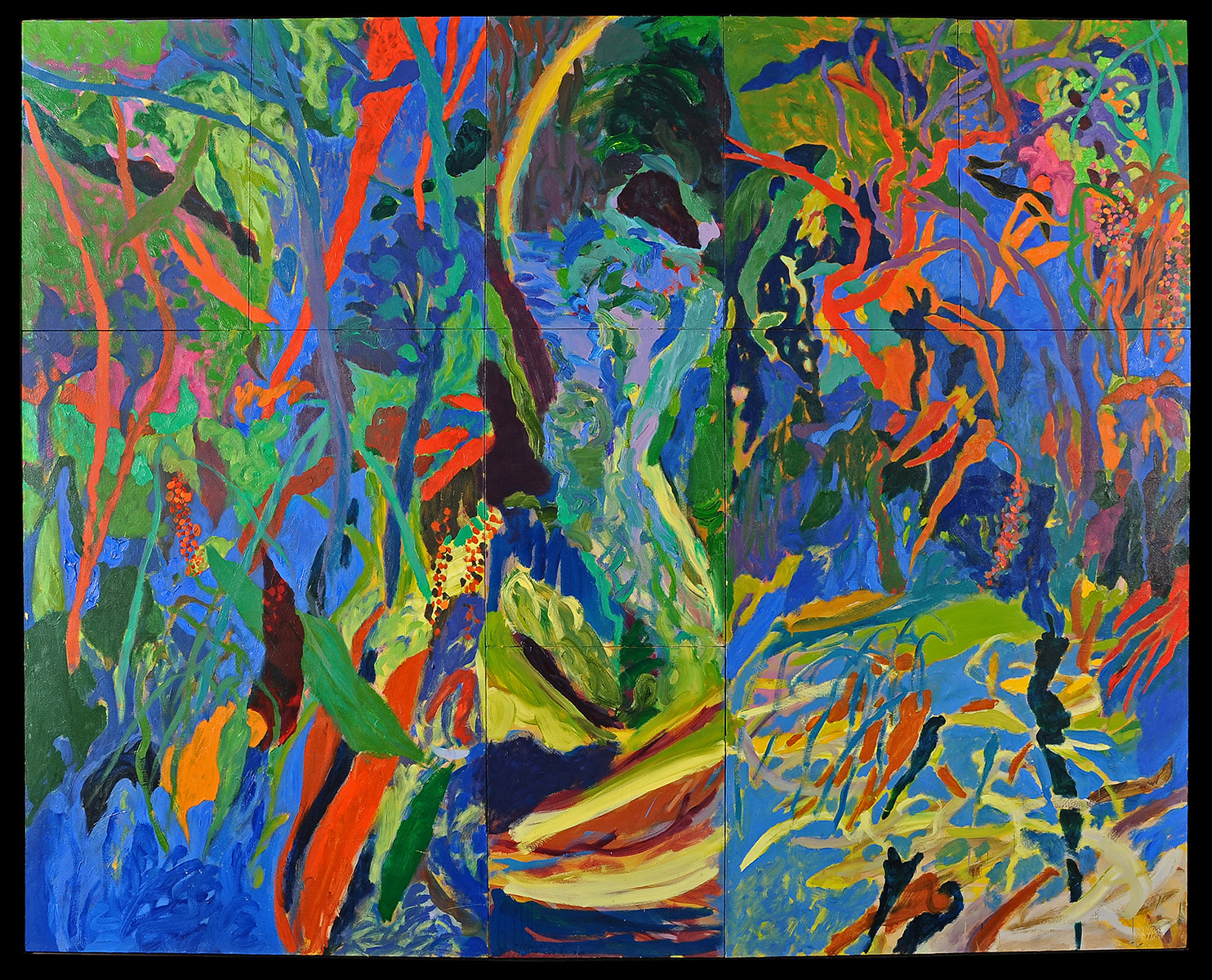Andrew Clement VERSTER (b. 1937)
BIOGRAPHY
Andrew Clement Verster was born in Johannesburg.
He obtained a National Diploma in Design (1959) from the Camberwell College of Art, London, and an Art Teacher’s Diploma (1960) from Reading University.
He taught at the University of Natal (now the University of KwaZulu-Natal), where he was Head of the Art Department, before becoming a fulltime artist.
Verster was a painter of figures, landscapes, portraits, still lifes, beach scenes and scenic views through windows. He worked in oil, pencil and watercolour, and designed several magnificent tapestries. He was also a graphic artist, who produced etchings and combined photography and serigraphs in his work. He received numerous awards for his work, which is represented in public and private collections in South Africa and abroad.
He participated widely in solo and group exhibitions and undertook numerous public and private commissions, including painting, sculpture, murals and tapestries.
As well as being an artist, Verster was a writer of short stories, articles (many about India) and radio plays. As a writer, he was the winner of the BBC World Service Playwriting Competition in 1992. He was commissioned by the BBC to write a play, Future Past, and one of his short stories, Aileen, Marjorie, Arthur and Me, was broadcast by the BBC. He was known as a playwright, set and costume designer for ballet and opera productions in Durban.
Verster was an art critic for the Daily News in Durban and an art contributor for The Argus of Cape Town.
‘The primary responsibility for the artist is to be true, not just to the act of seeing but to the feelings, ideas and indeed the politics of seeing,’ writes Clive van den Berg in his obituary for Verster, published by artthrob. ‘Andrew knew this, and when he felt desire and love for men, he did not censor that recognition, nor clothe it in innuendo or code. He declared and lived and imaged it, and thus bequeathed to us who follow him a language and a political framework of looking. He was, I believe our first OUT artist, the first artist to represent same sex desire with pride. And he did this very beautifully.’


